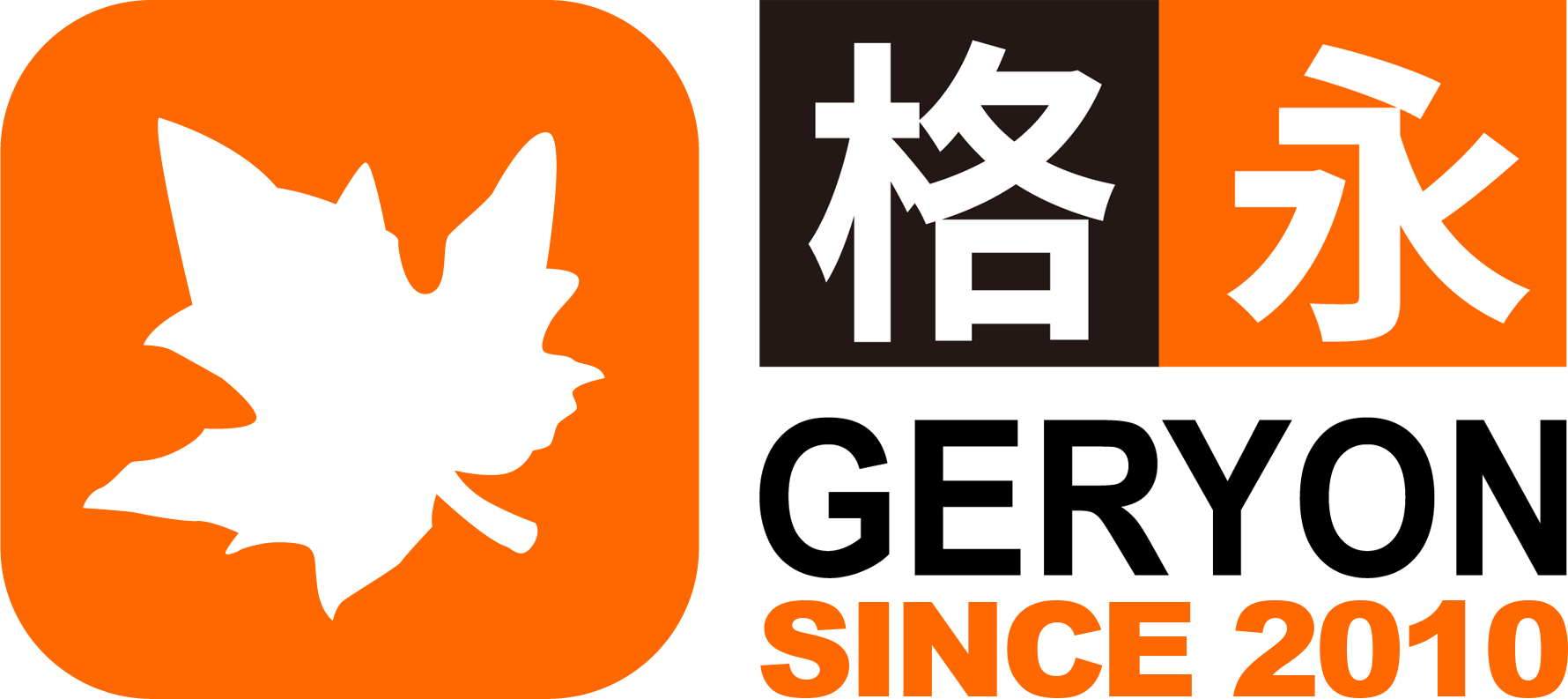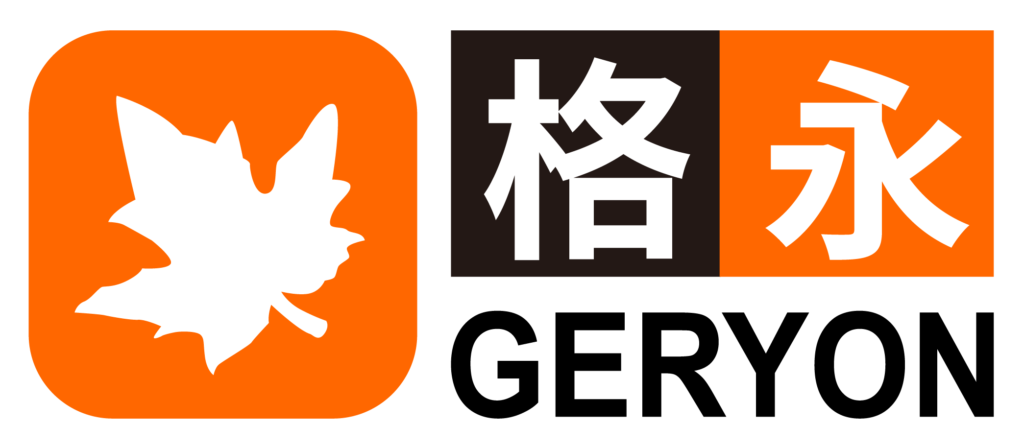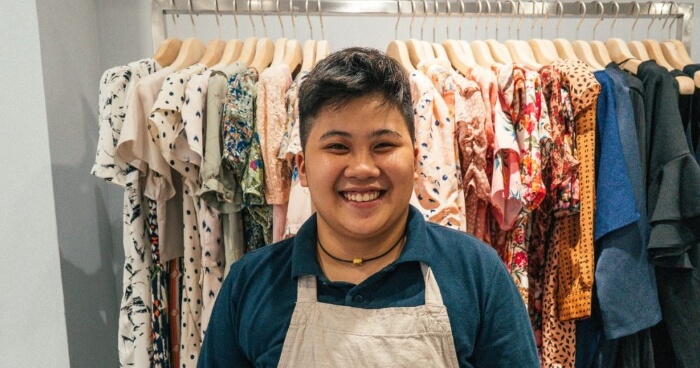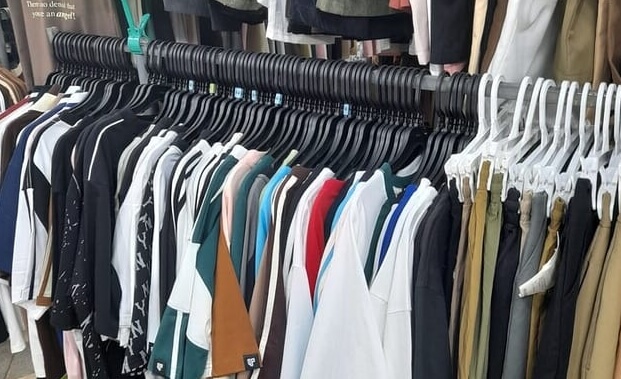As consumers become more environmentally conscious, the appeal of Vietnam used clothes has surged. This shift is not just a passing trend; it’s a significant change in purchasing behavior that B2B buyers can capitalize on. By understanding the advantages of sourcing used clothing from Vietnam, retailers can meet consumer demands while also benefiting from competitive pricing and unique product offerings.
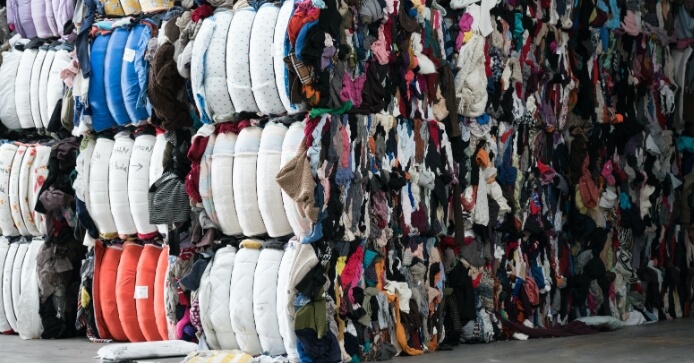
Table of Contents
1. Introduction
The growing demand for sustainable fashion has shifted the retail landscape significantly. As consumers become more eco-conscious, they increasingly seek alternatives to fast fashion. Vietnam used clothes have emerged as a viable solution for B2B buyers looking to meet this demand while offering unique and high-quality options. This article explores why sourcing secondhand garments from Vietnam can be a lucrative venture for importers and retailers.
Why B2B Buyers Should Consider Vietnam Used Clothes
Vietnam used clothes offer numerous advantages for B2B buyers. The country’s rich textile history and craftsmanship contribute to a diverse selection of garments, appealing to various consumer tastes. Additionally, importing used clothing from Vietnam can lead to cost savings and a competitive edge in the market, making it a strategic choice for businesses aiming to thrive in today’s fashion industry.
2. Understanding the Vietnamese Secondhand Clothing Market
Overview of the Market Landscape
Vietnam has established itself as a hub for secondhand clothing, driven by both local and international demand. The market for Vietnam used clothes is thriving, with many entrepreneurs entering the space to capitalize on the increasing interest in sustainable fashion. As a result, the variety and quality of secondhand garments available continue to grow, making it an exciting market for B2B buyers.
Key Players and Stakeholders
The landscape of Vietnam used clothes includes a mix of local vendors, exporters, and online platforms. These key players facilitate access to a broad range of secondhand items, from vintage apparel to contemporary pieces. By understanding the dynamics of these stakeholders, B2B importers can identify reliable partners and streamline their sourcing process, ensuring they get the best products for their businesses.
3. Benefits of Sourcing Vietnam Used Clothes
Cost-Effectiveness for B2B Importers
One of the primary benefits of sourcing Vietnam used clothes is the cost-effectiveness it offers. Importers can take advantage of lower prices compared to new garments, allowing for better margins and competitive pricing strategies. This affordability is particularly appealing in today’s economic climate, where retailers must balance quality with cost to remain profitable.
Unique Product Offerings and Styles
Vietnam used clothes are not only budget-friendly but also rich in variety and uniqueness. The country’s cultural influences and diverse fashion heritage mean that B2B buyers can find garments that stand out in the market. This uniqueness can help retailers differentiate themselves and cater to niche markets that prioritize individuality in their clothing choices.
Environmental and Ethical Considerations
Sourcing Vietnam used clothes aligns with growing consumer interest in environmental and ethical issues. By offering secondhand options, businesses can significantly reduce their carbon footprint and promote sustainable practices. This commitment to sustainability resonates with eco-conscious consumers, further enhancing brand loyalty and trust in the marketplace.
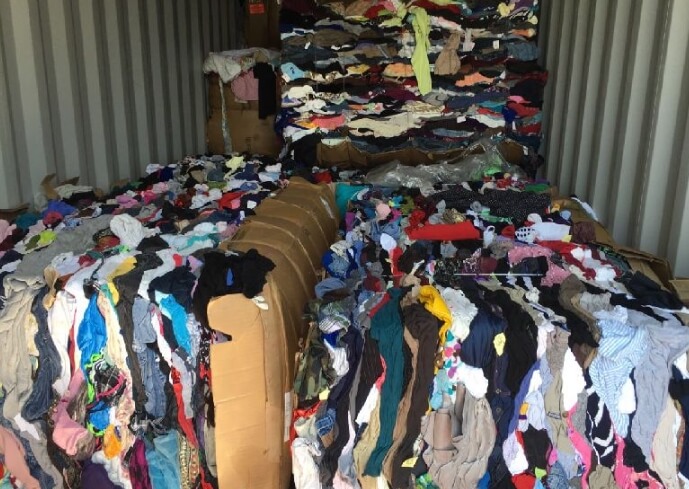
4. Navigating the Import Process
Regulations and Compliance for Importing Used Clothes
Importing Vietnam used clothes requires a thorough understanding of regulations and compliance standards. Vietnam has specific laws governing the export of secondhand garments, which B2B importers must navigate to ensure successful transactions. Familiarizing oneself with these regulations can help avoid potential legal issues and streamline the import process.
Tips for Successful Sourcing and Negotiation
Successful sourcing of Vietnam used clothes involves strategic negotiation with suppliers. Building relationships with local vendors can lead to better deals and exclusive access to high-quality garments. Importers should also conduct due diligence to assess the reliability of suppliers, ensuring they partner with those who prioritize quality and ethical practices in their operations.
5. Market Trends and Consumer Preferences
Insights into Current Fashion Trends
The landscape of Vietnam used clothes is continually evolving, influenced by global fashion trends and consumer preferences. Many shoppers are now gravitating toward vintage and retro styles, making secondhand clothing increasingly popular. B2B buyers can tap into these trends by sourcing items that align with current consumer demands, thus enhancing their product offerings.
How Vietnamese Used Clothes Align with Consumer Demands
Vietnam used clothes not only cater to style preferences but also meet the growing demand for sustainable options. As awareness of environmental issues rises, consumers are actively seeking brands that support eco-friendly practices. Retailers offering Vietnam used clothes can position themselves as part of the solution, attracting a customer base that values sustainability.
6. Case Studies: Successful B2B Importers in Vietnam
Examples of Brands Thriving with Vietnam Used Clothes
Several brands have successfully navigated the Vietnamese secondhand clothing market, leveraging Vietnam used clothes to boost their offerings. These companies have built strong reputations for quality and sustainability, serving as models for new entrants in the market. By examining their strategies, other B2B buyers can gain valuable insights into best practices for sourcing and selling used clothing.
Lessons Learned and Best Practices
Successful importers of Vietnam used clothes often emphasize the importance of adaptability and market research. Understanding consumer trends and being open to feedback allows these businesses to refine their product selections continually. Moreover, maintaining strong relationships with suppliers and prioritizing quality assurance are crucial for sustaining success in this competitive market.
7. Conclusion
Recap of Opportunities in the Vietnamese Used Clothing Market
Vietnam used clothes present a wealth of opportunities for B2B importers and retailers. The combination of affordability, unique styles, and alignment with sustainable practices makes this market increasingly attractive. As the demand for secondhand clothing continues to grow, businesses that act now can establish themselves as leaders in this evolving landscape.
Final Thoughts for B2B Buyers
For B2B buyers looking to thrive in the current retail environment, sourcing Vietnam used clothes is a strategic move. By embracing this opportunity, businesses can not only enhance their product offerings but also contribute to a more sustainable future in fashion. As consumers increasingly prioritize eco-friendly options, the time is ripe for retailers to tap into the potential of Vietnam’s vibrant secondhand clothing market.
8. Resources and Further Reading
Additional Articles and Studies on Sustainable Fashion and B2B Sourcing
To further explore the benefits and strategies related to Vietnam used clothes, B2B buyers can refer to a variety of resources. Numerous articles, case studies, and industry reports provide insights into sustainable fashion and effective sourcing practices. By staying informed, businesses can make educated decisions that align with market trends and consumer demands.
